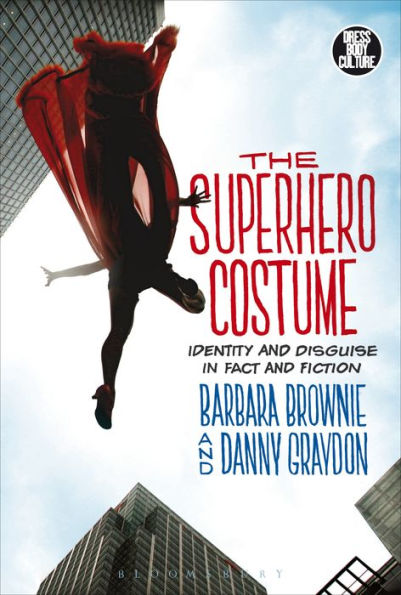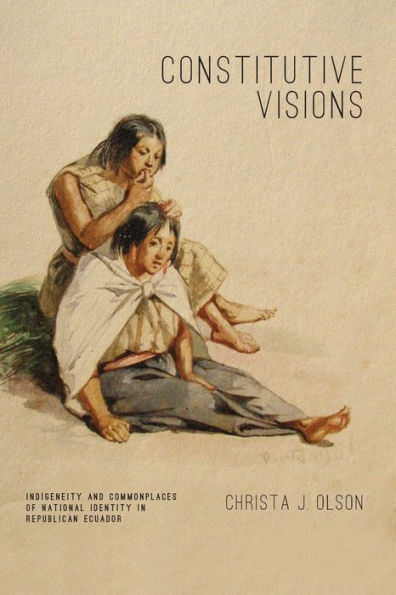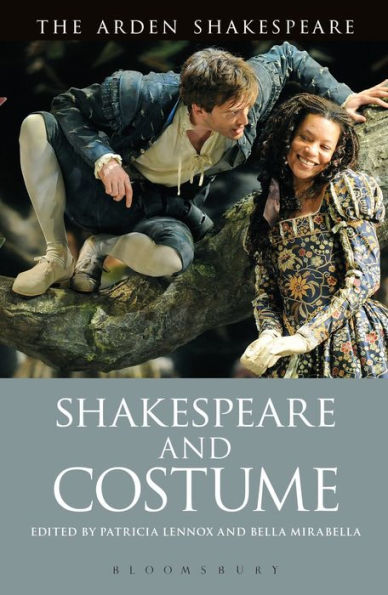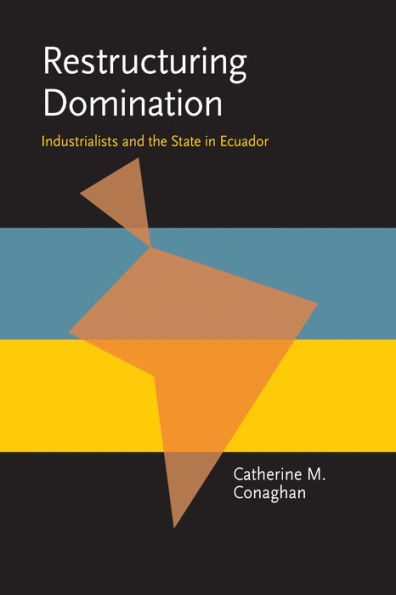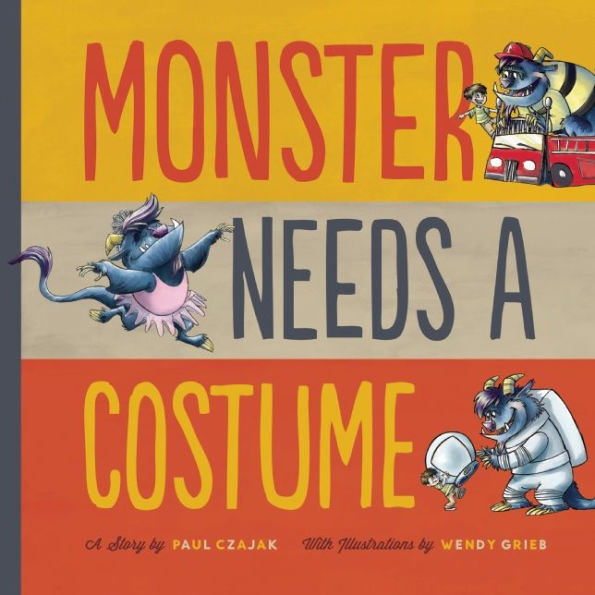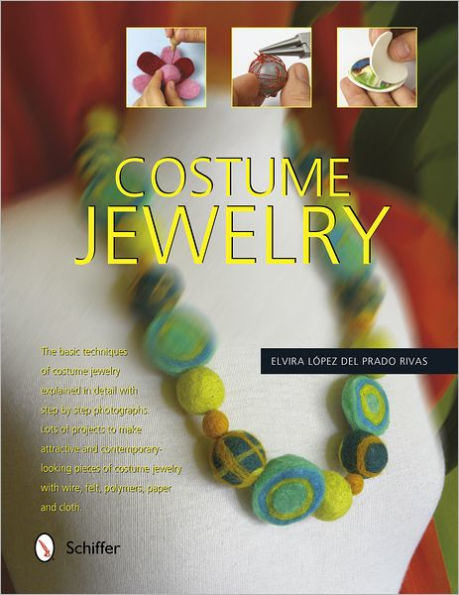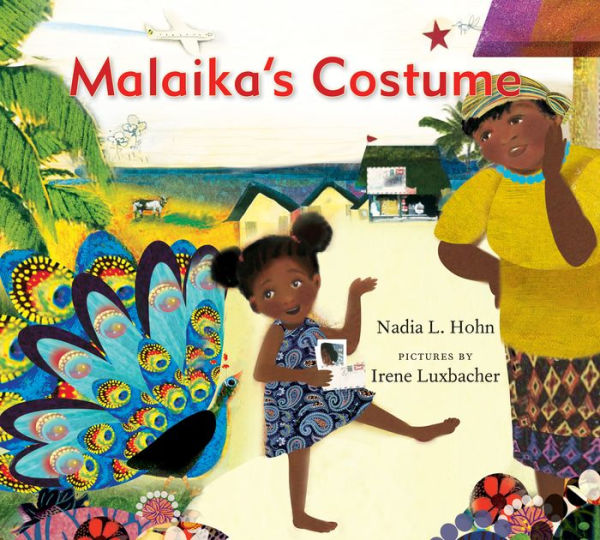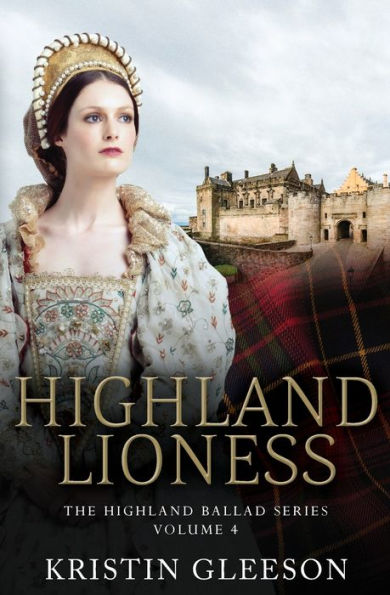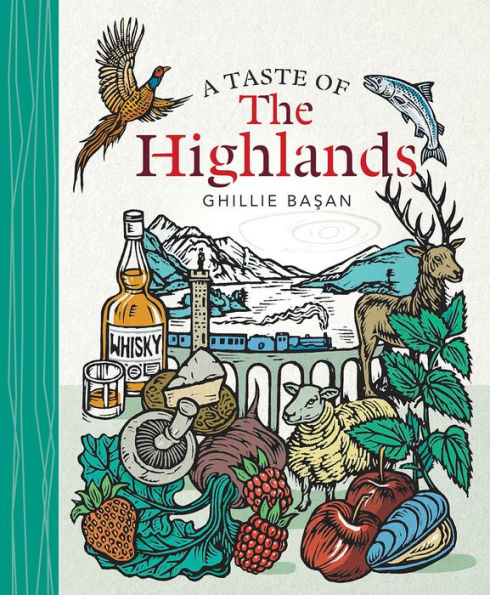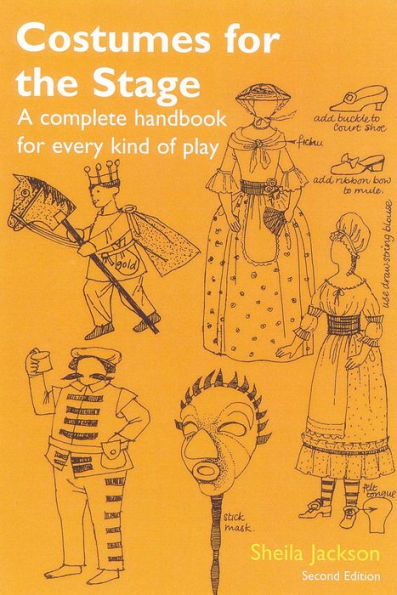Home
Costume and Identity in Highland Ecuador
Barnes and Noble
Costume and Identity in Highland Ecuador
Current price: $65.00
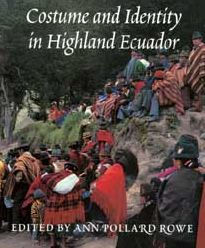

Barnes and Noble
Costume and Identity in Highland Ecuador
Current price: $65.00
Size: OS
Loading Inventory...
*Product information may vary - to confirm product availability, pricing, shipping and return information please contact Barnes and Noble
In most parts of highland Ecuador, people still identify themselves as indigenous and as belonging to a particular ethnic subgroup by the clothes and ornaments they wear. Although formerly the most distinctive costumes tended to occur among the more isolated and independent groups, today their use has more to do with the degree of political or ethnic consciousness felt by each group. Some people are even wearing ethnic dress as a political statement against forced assimilation.
Costume and Identity in Highland Ecuador
offers particular insight into the role of costume—clothing, jewelry, hairstyles, and bodily adornment—in a society changing from a subsistence economy to one based on wage income. In some highland regions costumes are still relatively conservative; in others, machine-made cloth has replaced handmade cloth or distinctive costumes are disappearing altogether. Here a number of textile experts focus their attention on the creation and use of the clothing itself, including loom styles and fabrics, but in addition they explore the historical forces that have helped shape indigenous costume and observe the mechanisms and motivations of change or stability throughout the highlands.
Many of the 286 photographs of daily and fiesta dress were taken on location; some depict significant examples from the renowned collection of The Textile Museum. All attest to the visual stimulation of costume, and illustrate regional differences in fabrics and adornment and the manner in which clothing is worn.
This work is the first detailed survey of Ecuadorian costume and will become a standard reference and a much-needed model for other areas of South America. Pulling together many and varied field studies, it spans more than twenty years and presents research in a useful, comparative format. It will be valuable to textile scholars, historians, and anthropologists, and will captivate all who enjoy colorful and distinctive dress.
